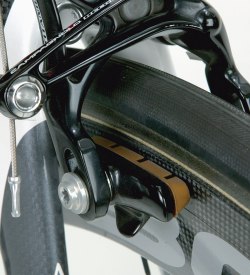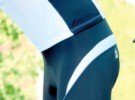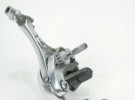
Few aspects of maintenance have a greater bearing on your safety. These hints and tips should help you to stop faster.
Taking care of your Brakes
Wheel Mounting
Make sure that your wheel sits all the way up in the fork tips or frame drop-outs. That way the rim will always fall into the same position in relation to the brake pads. The rim should fall into a central location in the frame if it doesn’t then your wheel may be dished incorrectly or your frame or fork could be out of alignment.
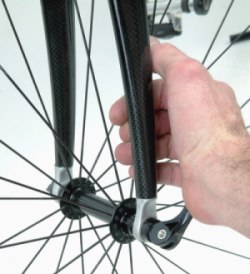
Pad Adjustment – Part One
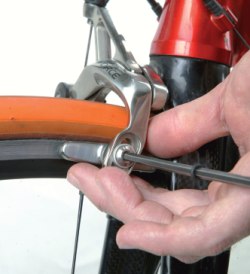
Tool Free Centering
Most brakes have some form of centring adjustment that requires an Allen key tool or a screw driver. With modern dual pivot brakes, it is easier to centre them over the rim by simply pulling the entire calliper across to a central location by hand. This is a simple tool-free way that you can centre your dual pivot brakes at any time.

Pad Orientation
A large number of brake pads are directional—it is usually those with a replaceable cartridge system. While the pads pictured have an arrow showing the correct orientation, many do not. The brake cartridge will have an ‘open’ end where the rubber insert can be removed. The open side should always face towards the rear of the bike—otherwise the rubbers will fly out of their retainers and you may find yourself flying off the road.
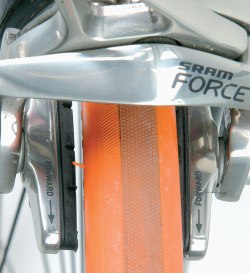
Pad Adjustment – Part Two
Some brake pads allow for ‘toe-in’ adjustment via a series of conical washers. Start by adjusting your pads so they contact the rim evenly from front to rear. If the brakes squeal or vibrate, a little toe-in adjustment may help. Angle the pad so that the front contacts the rim slightly before the rear (as pictured).

Carbon Specific Pads
Standard rubber based pads are designed to work with alloy rims. Carbon rims require specially designed pads. Alloy is a good conductor of heat and transfers heat that is created by friction away from the rubber pads. Carbon does not work in this way so the heat builds up and can melt the pads. Carbon specific pads will be made from a friction material that can withstand high temperatures (such as cork).
